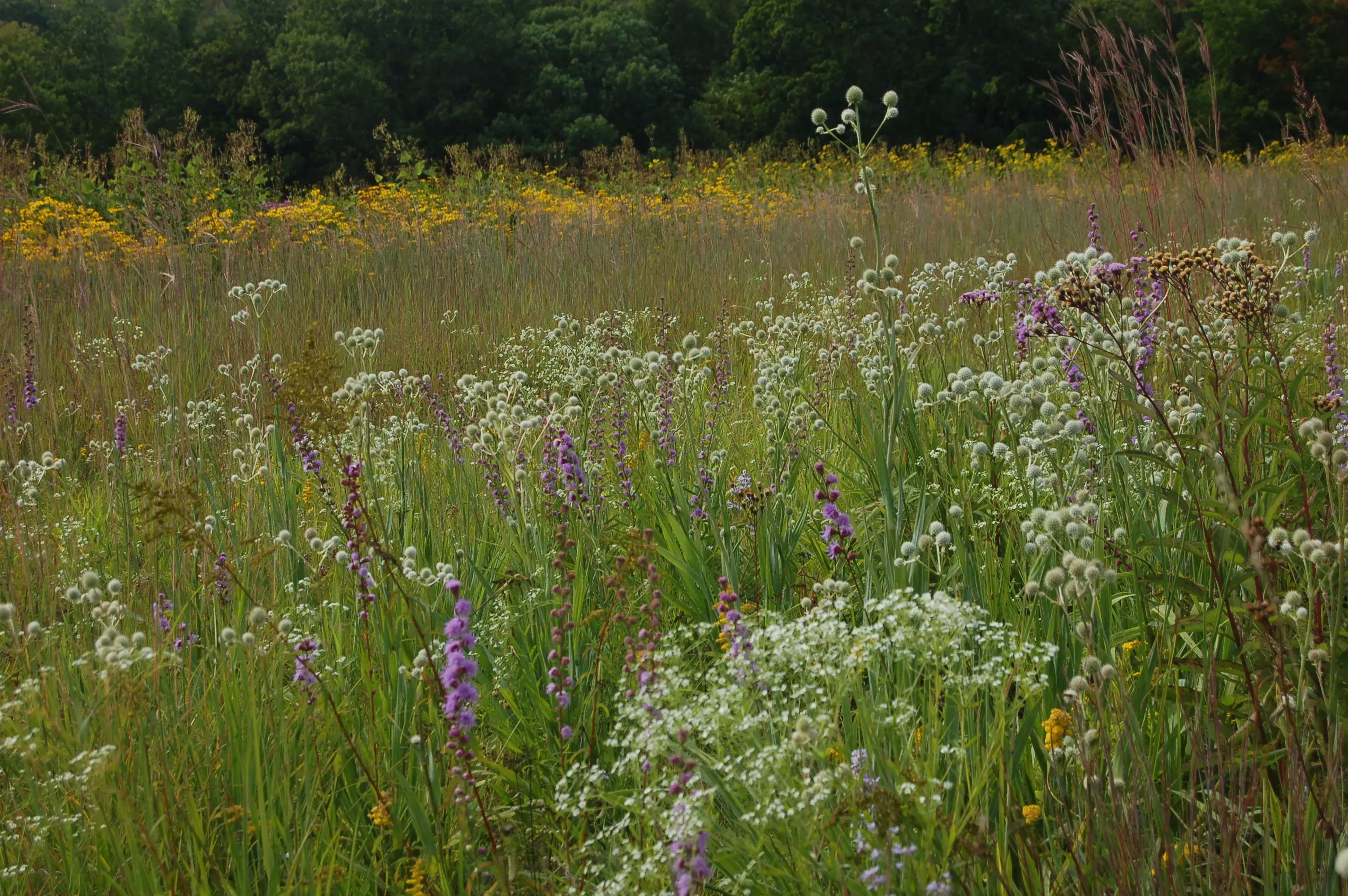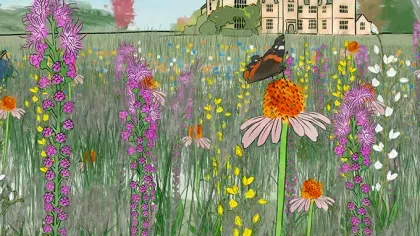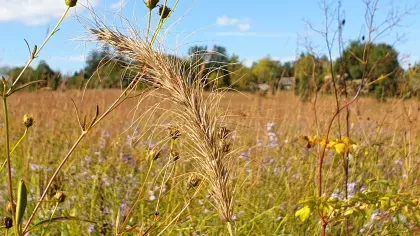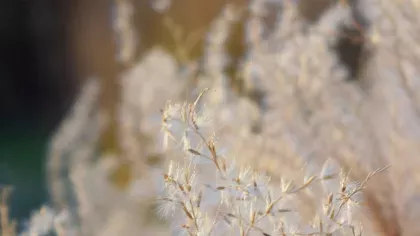18 April 2020
11 reasons to create our American Prairie
From boosting conservation knowledge to offering stunning wild plant diversity, discover our drive behind this amazing new attraction.

A breath-taking transformation is taking shape at the core of our Wakehurst landscape.
We are creating six acres of magnificent sweeping grasslands inspired by the prairies of North America.
With a rainbow of wildflowers and waves of delicate swaying grasses, our new landscape will bring the herbaceous wild plant communities of North America to life.
But why are we creating this unique environment?
1. It’s a conservation winner
The prairies of North America are one of the most endangered habitats in the world.
Only 1% remains of these diverse ecosystems, mainly due to farming and land development.
We are helping to research this iconic habitat through the creation of our new American Prairie.
This kind of innovative horticulture and conservation project are at the heart of our work as a botanic garden.
Scientists at our Millennium Seed Bank collaborate closely with conservation partners and plant experts in North America.
Through this pioneering conservation living collection, we have a unique opportunity to share our knowledge and resource to boost understanding of this threatened ecosystem.
Watch the animation below to see how our American Prairie will come to life...
2. The value of wild-collected seeds
To kick things off, our specialist team of horticulturists and scientists travelled to prairies across the United States to collect seeds of target prairie species.
We collected tens of thousands of viable seeds of 15 species on these trips to be raised from seeds and grown in our American Prairie at Wakehurst. Wild collecting helps build a volume of genetically diverse seed.
Watch the film below for a behind the scenes look at our wild seed collecting adventure in Illinois, commonly nicknamed ‘The Prairie State’…
3. You can ‘walk the world’
As a botanic garden, we take a phytogeographic approach to planting.
This means our plants are grouped in relation to where they grow in the world.
Our American Prairie will be an herbaceous complement to our beautiful North American tree collection, Horsebridge Wood.
So, you will be able to continue to ‘wander the world’ in our gardens. Within our new prairie, you’ll travel through the epic Atlantic coastal plains, the central tallgrass prairies and the majestic grasslands of the Pacific Northwest.
4. Beauty and diversity of its plants
From little bluestem grass (Schizachyrium scoparium) to eye-catching pale purple coneflower (Echinacea pallida) and rough blazing star (Liatris aspera), our American Prairie will be bursting with beauty and plant diversity.
These non-woody plants will grow and change throughout the seasons, offering a variety of displays depending on the time of year.
Our dynamic grasslands will have vibrant floral blooms that come and go, while revealing sculptural seed heads and attractive dry grasses in the winter months.
When it’s mature, the prairie will contain a whopping 105 species.
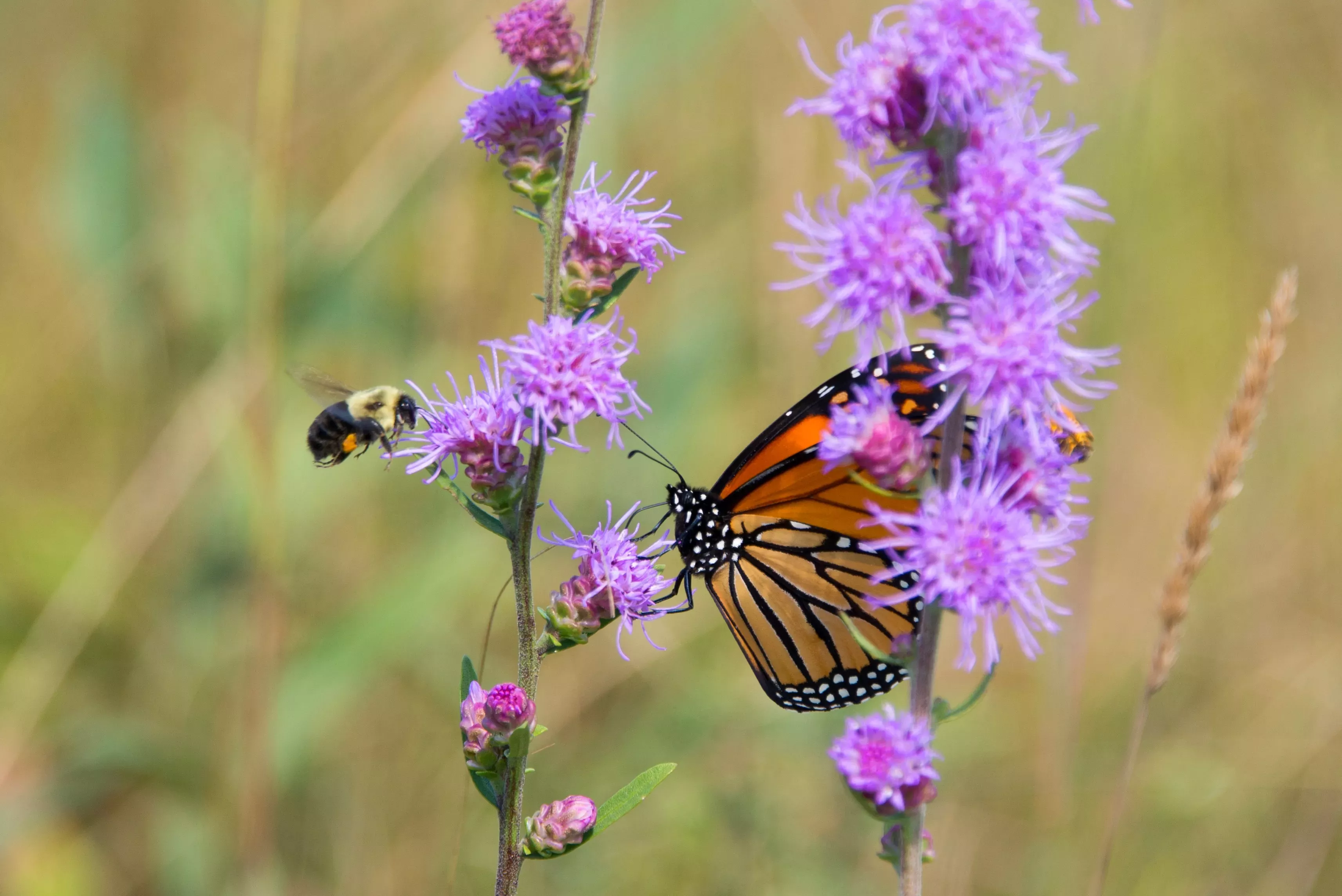
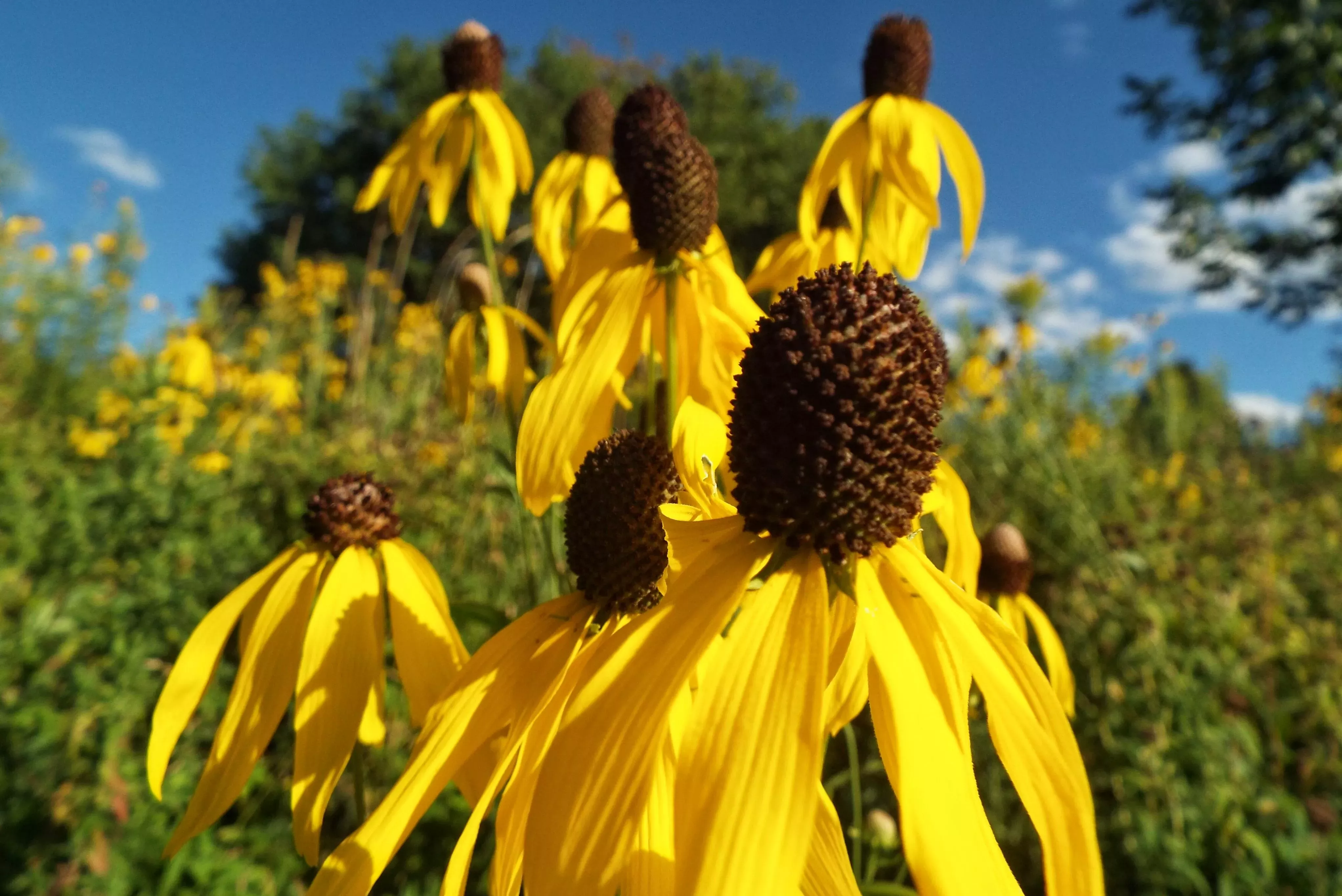
5. Our prairie is immersive
You’ll be magically transported to the grasslands of North America from the middle of the Sussex countryside.
Our specially designed winding pathways will weave you through the towering grasses and sea of movement in this truly immersive landscape.
6. Everyone can enjoy it
Our American Prairie’s central location at the heart of our wild botanic garden will make it more accessible to a greater number of our visitors.
Leading down from the Mansion towards the Pinetum, the landscape will offer fully accessible pathways and seating areas for everyone to enjoy.
This gives every visitor the chance to connect with wild plant communities and our global conservation work.
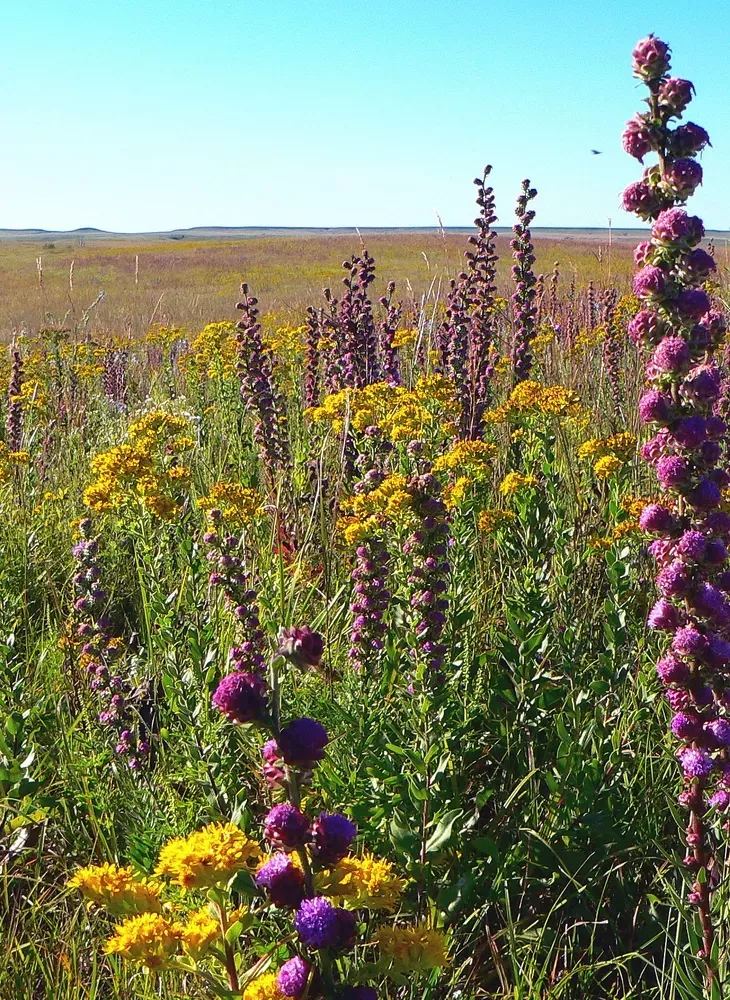
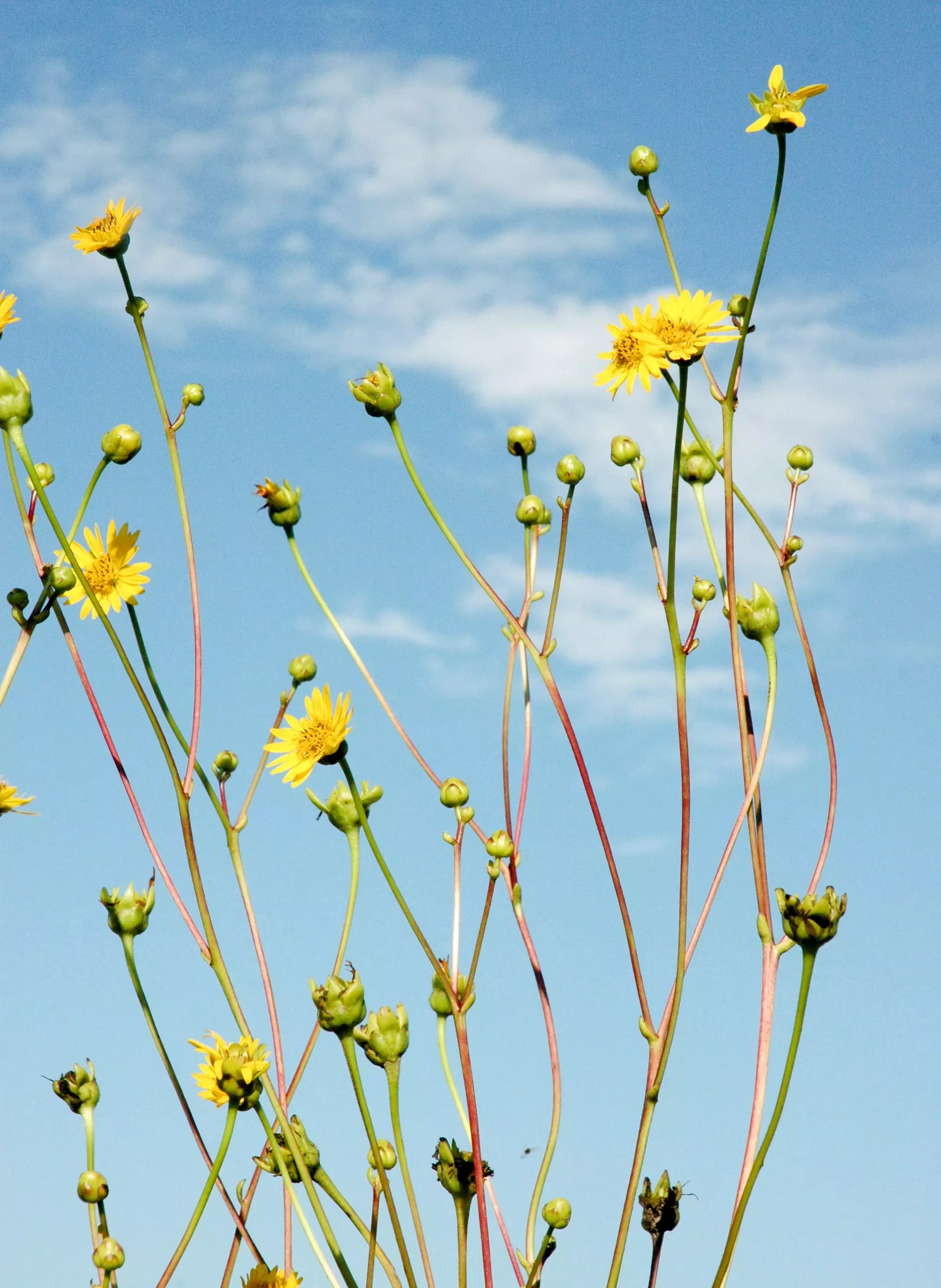
7. North America and Wakehurst are a perfect match
The climate and soil of our gardens make it the ideal home for the iconic grassland plant communities of the States to flourish.
The prairie will thrive here and give our horticulturists the opportunity to use their expertise in grassland establishment and management, having previously restored our UK native meadows at Wakehurst – Coronation Meadow and Bloomers Valley.
We are following a complex plan of plant community creation to produce the prairie.
Sowing and planting layers of new plants, we will manage their growth by imitating stresses and disturbances that would occur in the wild, such as bison grazing and fire. Our heritage cattle will take on the grazing role of the bison.
This means the prairie will be ecologically functional. Its plant communities will grow and interact here as they would in nature.
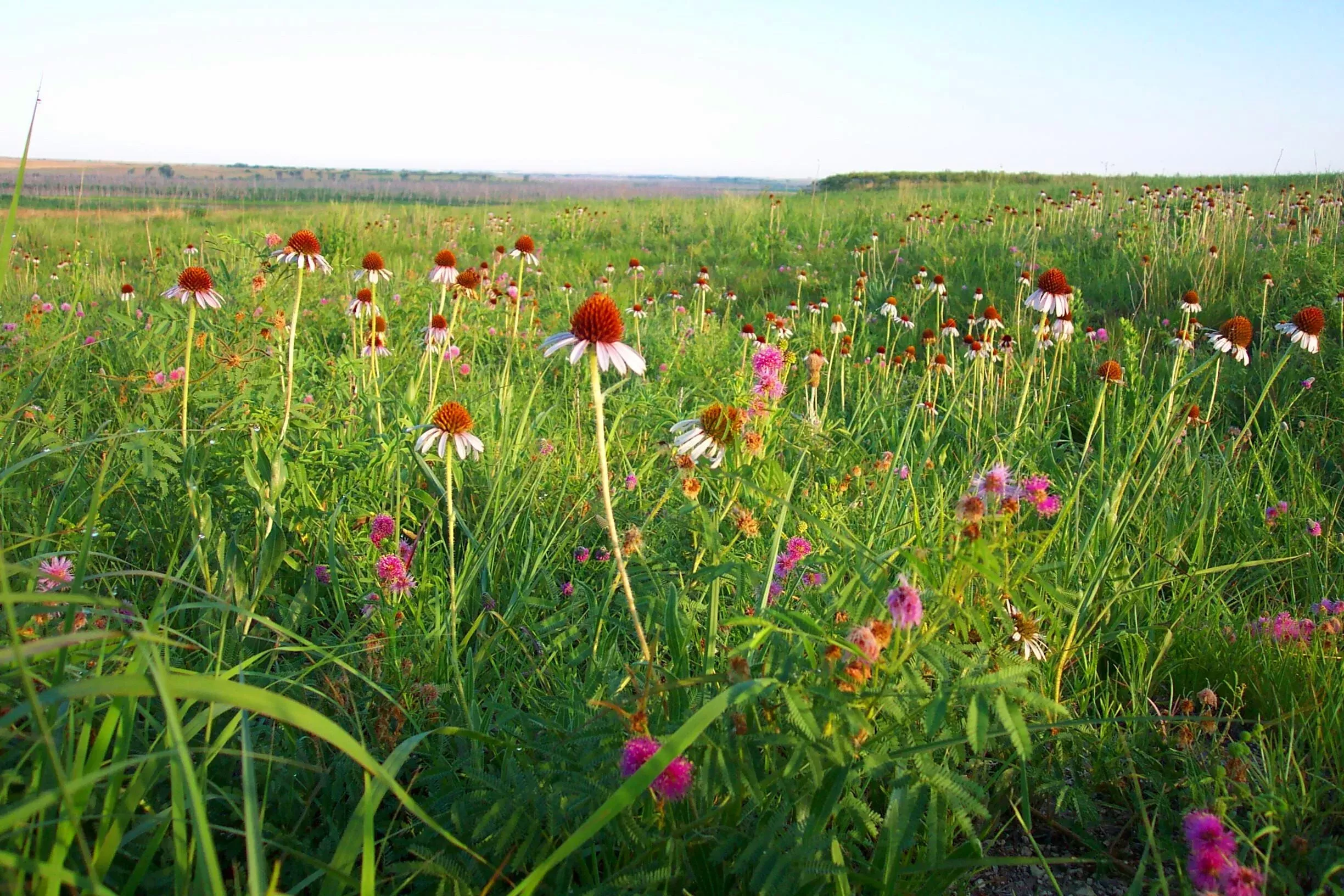
8. A revitalising refresh
The site where the American Prairie will grow was in need of a refresh.
The Great Storm of 1987 caused devastation to Wakehurst, felling a staggering 20,000 trees.
Shrubs and trees were then hastily planted in this area in a spirit of quick repair.
Many of these matured simultaneously and ended up blocking cherished views, crowding important and rare species, and reached the end of their lives.
Our prairie will bring new life, colour and important conservation value to the area.
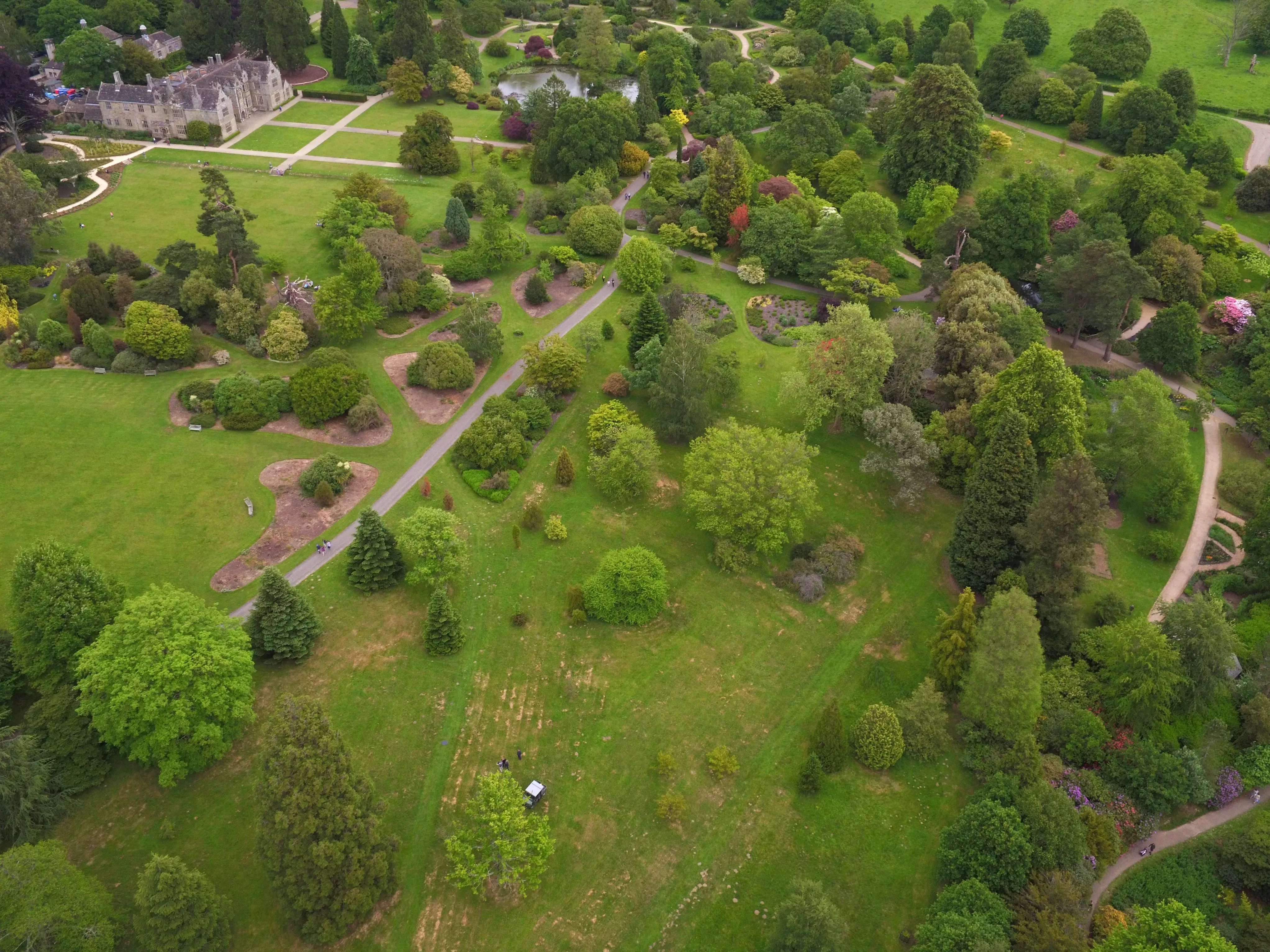
9. Hidden views will be revealed
The creation of our North American grasslands will mean beautiful views that have been hidden since the 1930s can be revealed once more.
From the Mansion, you’ll be able to see across the scenic valley, and down to the picture-perfect Water Garden and Coronation Meadow.
This restoration of historic views will bring to life the original vision of Gerald Loder, the founder of Wakehurst as a wild botanic garden.

10. Prairie plants are eco-heroes
Prairie grasses play a vital role in capturing and storing carbon.
This is thanks to their long roots that extend deep underground.
These roots in species-rich grasslands structure and nourish the soil, prevent erosion and can store more carbon than forests.
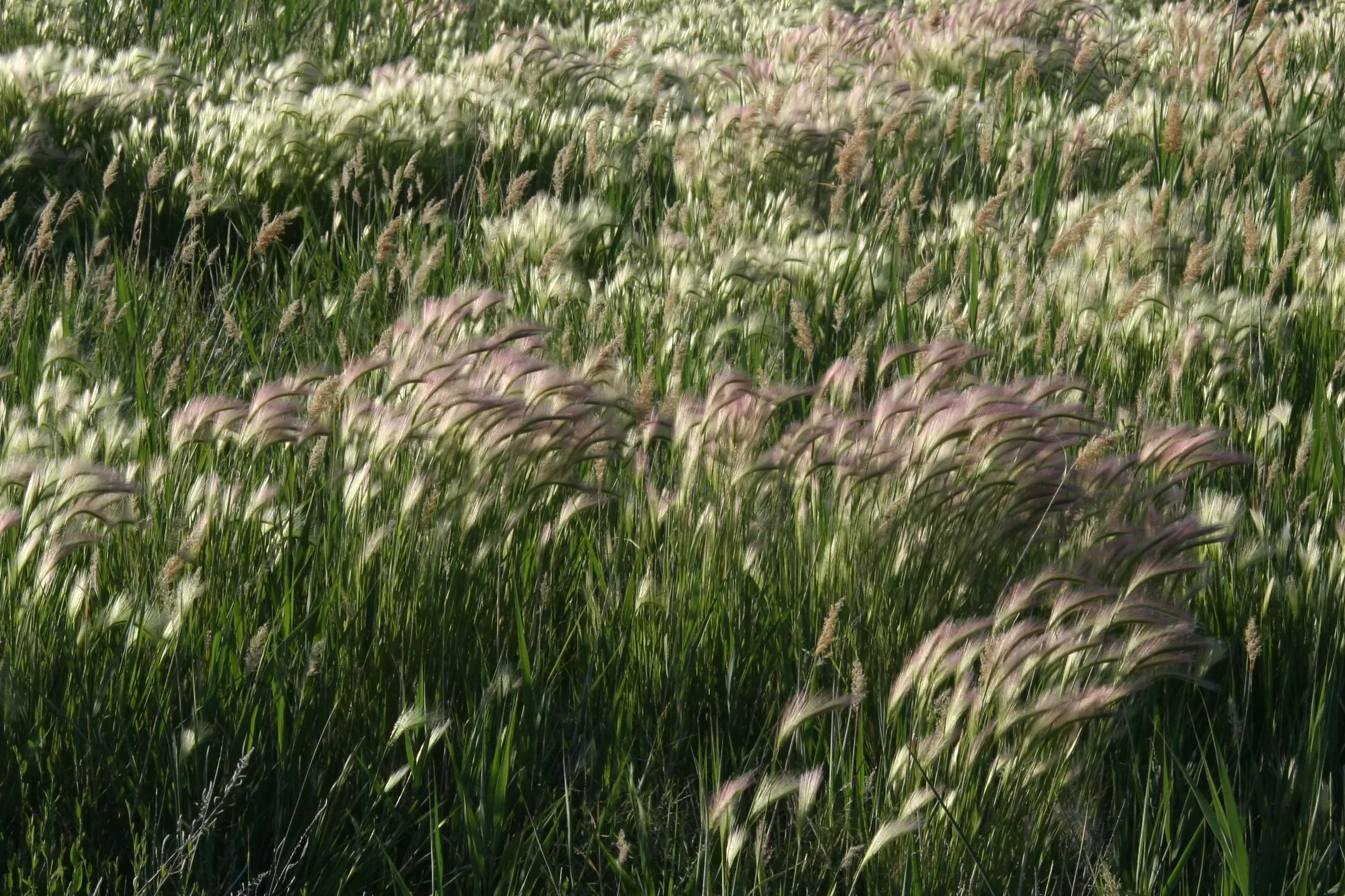
11. Sharing our scientific knowledge
On top of being a treasure trove of conservation and restoration knowledge, our American Prairie will be an incredible resource for many of our research projects.
From pollinators to soil structure to climate change, our scientists can use this unique living laboratory to share essential knowledge globally.
